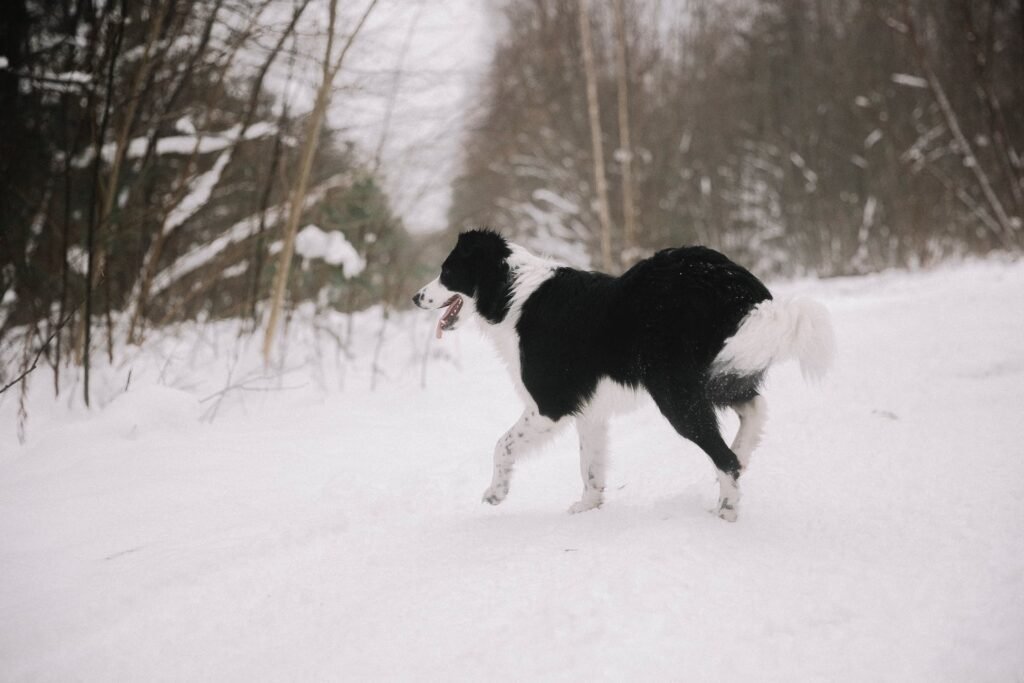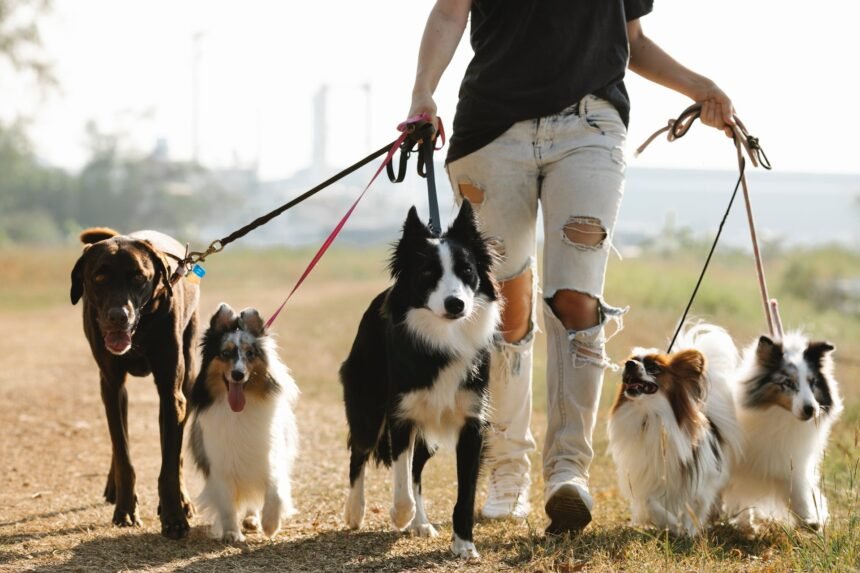Walking dogs regularly brings joy while providing needed exercise for our furry friends. However, handling unpredictable animals on leashes can lead to pulled muscles, sore joints, and even falls resulting in breaks or sprains. Thankfully, several simple precautions help ensure safe and pain-free walks for both you and your four-legged partners.
Use Proper Equipment to Avoid Pulling Injuries
Dogs instinctively want to sniff, run, and explore. When your curious canine tries bolting after a squirrel or greeting another dog, the sudden tugging on the leash can seriously strain your rotator cuffs, elbows, and shoulders. Small dog walkers get painfully flipped in an instant by large, powerful pets. Prevent injury with the right gear that reduces pulling.

Recommended Equipment to Stop Pulling
- No-pull harnesses and head collars – These specially designed devices gently turn dogs back toward you or the ground when they pull. They discourage tugging without pain or choking.
- Proper leash holding – Wrap the leash around your hand palm up, then across the back of your hand. Keep a firm grip close to the clip. Hold one leash per hand when walking two dogs.
- Short leashes – 4 to 6 feet maximizes control of strong pullers. Extend longer for controlled dogs.
- Proper training – Invest time in training “loose leash walking”. Use treats and the start/stop method to teach no pulling.
Stopping powerful pullers prevents:
- Muscle tears
- Rotator cuff injuries
- Dislocated shoulders
- Falls resulting in breaks and sprains
Use the right gear and training approaches to eliminate excessive pulling that harms both pets and people.
Prevent Trips, Slips, and Balance Issues
Tangling your feet in leashes, slipping on winter ice, or getting knocked off balance frequently causes minor to serious trauma while walking dogs. Pay attention to the following areas to avoid trips and falls:
Tips to Avoid Tripping and Falling
- High visibility leashes – Use reflective ropes or tape to spot cords in low light. Bright colors help during daylight.
- Shorter lengths – Keeping control using 4 to 6-foot leashes prevents tangling feet.
- Proper winter gear – Cleated ice grippers on shoes provide traction on frozen, slick sidewalks and paths protecting walkers from falls.
- Train no crisscrossing – Teach dogs not to zigzag in front leashing to multiple points of entanglement.
- Adjust pace – Slow down on uneven terrain and when approaching other pedestrians to maintain balance.
Avoiding trips, slips, and unbalanced dogs leads to fewer:
- Ankle sprains
- Broken wrists
- Concussions
- Dislocated shoulders
Stay upright and injury-free on your dog walks using these techniques.
Prevent Overexertion and Fatigue
Controlling rambunctious pups over long distances takes incredible strength and stamina. Attempting too much physical activity leads to painful muscle strain, ligament tears, and joint issues over time. Apply these tips to prevent overdoing it:
Tips to Prevent Overexertion
- Don’t walk too many dogs – Start with one or two dogs while building strength/endurance.
- Take regular breaks – Stop watering pets and rest yourself every 20-30 minutes.
- Stretch before and after – Warmups and cooldowns reduce next-day soreness.
- Use waist belts – Attach leashes to harnesses around your middle to distribute the load.
- Know limits – Gradually increase distance and intensity week-to-week within your capabilities.
Stopping at the first signs of fatigue avoids:
- Pulled back and shoulder muscles
- Tendinitis
- Cartilage and ligament deterioration
Build strength progressively and use waist belts when possible. Don’t overdo walks early in training.
Frequently Asked Questions About Preventing Injuries
How many dogs can I safely walk at once?
Start with one or two dogs. As your skill and fitness improve, you may eventually handle three large dogs. Limit small dogs to four per walker.
My shoulder really hurts after walking my puller. What should I do?
Pain that lasts more than 48 hours after walking requires medical attention. You likely strained muscles or tendons. Consider using a no-pull harness and head collar to avoid future shoulder injuries.
I slipped on the ice badly last winter. How can I avoid falls this year?
Equipping your walking shoes with good winter cleats provides traction on snow and ice to prevent falls. Replace worn cleats annually. Take shorter, slower steps in icy conditions while holding leads short. Consider carrying ice melt on long walks to manage slippery areas.
What are early signs I’m overdoing dog walks?
Pay attention to overall fatigue, shortness of breath not related to cardio exercise, muscle shaking, nausea, lightheadedness, and next-day joint/muscle soreness. These indicate you should shorten or decrease the number of walks per day.
Key Takeaways: Preventing Dog Walking Injuries
- Use no-pull harnesses and head collars to avoid pulled muscles
- Equip shoes with ice cleats to prevent slips
- Know personal limits and gradually build strength/endurance
- Take regular breaks during long walks
Protecting yourself from harm allows enjoying daily dog walks for years to come. Implement these tips right away to walk pain and risk-free while getting in great shape!









